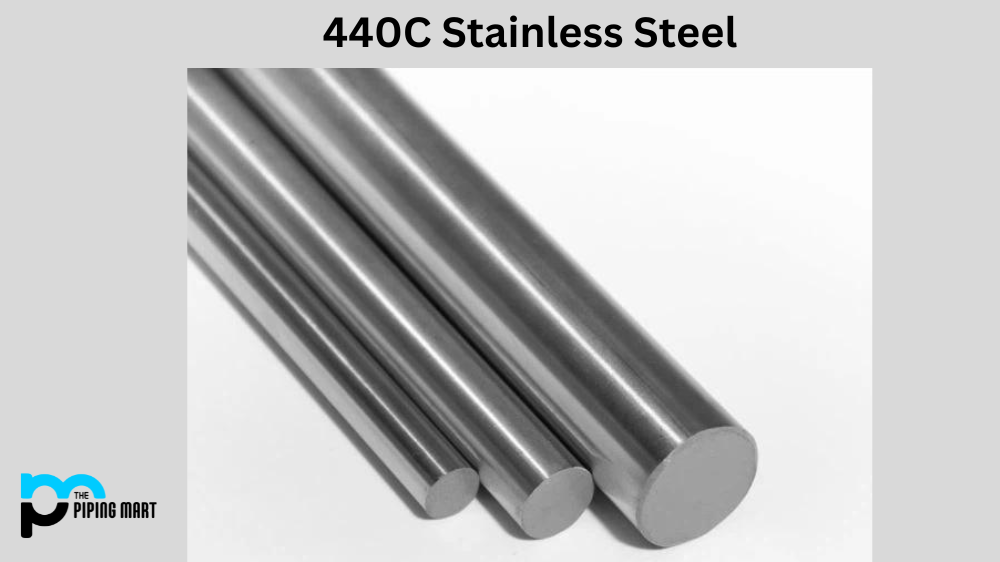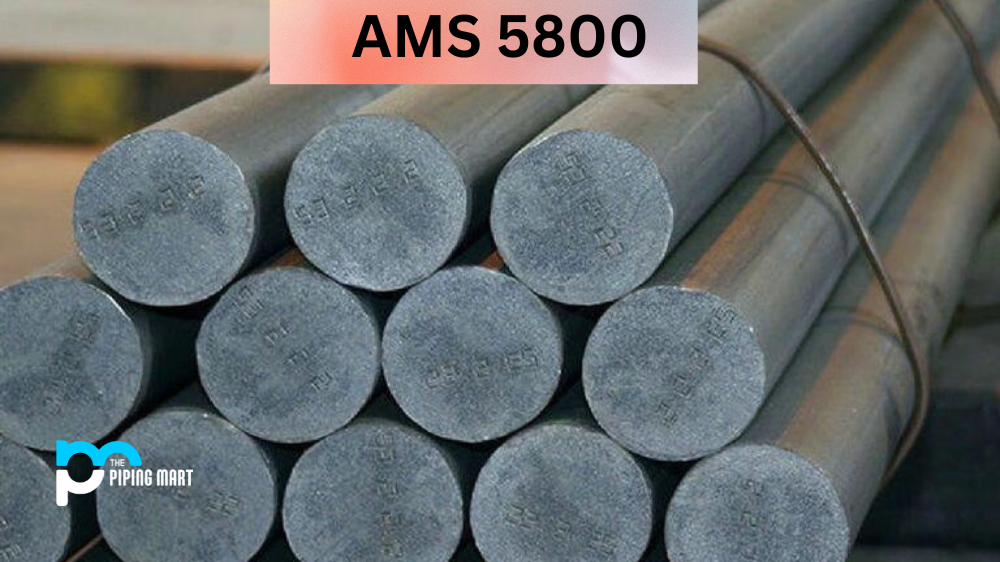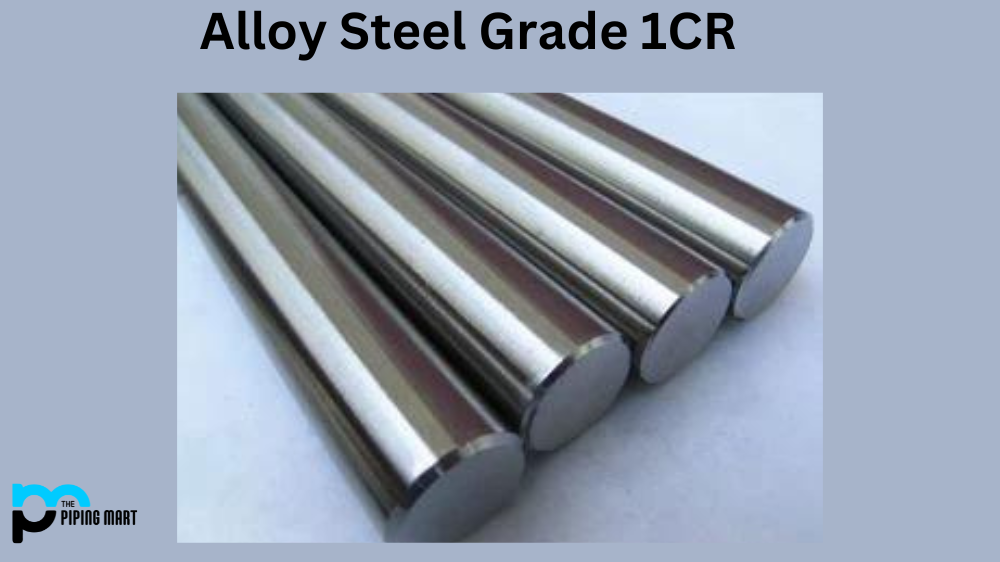If you’ve been browsing for stainless steel products, chances are you’ve come across the term “440C stainless steel.” But do you know what it is? What makes it different from other types of stainless steel? Let’s take a closer look at this popular alloy and break down its composition, mechanical properties, physical properties, and uses.
440C Stainless Steel Composition
UNS S44004 is an alloy made up of iron, chromium, carbon, and trace amounts of manganese and silicon. The addition of chromium gives this alloy excellent corrosion resistance and a high hardness level (58 HRC on the Rockwell scale). It also contains 0.95-1.20% carbon which allows it to be heat-treated to achieve a range of mechanical properties.
| Element | Content (%) |
|---|---|
| Iron, Fe | 79.15 |
| Chromium, Cr | 17 |
| Carbon, C | 1.1 |
| Manganese, Mn | 1 |
| Silicon, Si | 1 |
| Molybdenum, Mo | 0.75 |
440C Stainless Steel Mechanical Properties
The mechanical properties of 440C stainless steel are very impressive due to its unique composition and heat treatment process. This alloy can achieve a tensile strength of up to 980 MPa (144 ksi) and an ultimate yield strength of 885 MPa (129 ksi). It also has excellent fatigue strength when compared to other alloys in its class. Additionally, it has good wear resistance thanks to its high hardness level.
| Properties | Metric | Imperial |
|---|---|---|
| Tensile strength | 760-1970 MPa | 110000-286000 psi |
| Yield strength (@ strain 0.200%) | 450-1900 MPa | 65300-276000 psi |
| Bulk modulus | 166 GPa | 24100 ksi |
| Shear modulus | 83.9 GPa | 12200 ksi |
| Elastic modulus | 200 GPa | 29008 ksi |
| Poisson’s ratio | 0.27-0.30 | 0.27-0.30 |
| Elongation at break | 2-14 % | 2-14 % |
| Hardness, Rockwell B (converted from Brinell hardness) | 97 | 97 |
440C Stainless Steel Physical Properties
In addition to providing superior mechanical properties, 440C stainless steel also offers excellent physical properties, such as low thermal expansion coefficients and high thermal conductivity. It is non-magnetic in nature and provides good electrical conductivity compared to other steels in its class. Lastly, it can withstand temperatures up to 1000°F without experiencing any degradation or loss in performance.
| Properties | Metric | Imperial |
|---|---|---|
| Density | 7.80 cm³ | 0.282 lb/in³ |
| Melting point | 1483°C | 2700°F |
440C Stainless Steel Thermal Properties
| Properties | Metric | Imperial |
|---|---|---|
| Thermal expansion co-efficient | 10.2 µm/m°C | 5.67 µin/in°F |
| Thermal conductivity | 24.2 W/mK | 168 BTU in/hr.ft².°F |
440C Stainless Steel Equivalent
- AMS 5618
- AMS 5630
- AMS 5880
- ASTM A276
- ASTM A314
- ASTM A473
- ASTM A493
- ASTM A580
- DIN 1.4125
- QQ S763
- MIL-S-862
- SAE 51440C
- SAE J405 (51440C)
440C Stainless Steel Uses
Due to its superior combination of physical and mechanical properties, 440c stainless steel is used in a variety of applications, including cutlery (knives), surgical instruments, aerospace components (shafts & valves), bearings & roller components, pump components & valves, ball screws & lead screws, petrochemical industry parts (valves), etc. This type of stainless steel is also commonly used for making moulds such as plastic injection moulds due to its superior corrosion resistance and ability to withstand high temperatures without losing performance or degrading over time.
Conclusion
For those looking for an alloy that offers superior physical and mechanical properties with excellent corrosion resistance, then look no further than 440C stainless steel! This type of stainless steel is perfect for applications where superior strength and corrosion resistance are needed, such as cutlery, aerospace components or petrochemical industry parts . Its nonmagnetic nature also makes it ideal for use in moulds where magnetic fields could cause interference with the moulding process or damage the part itself. If your application requires superior strength or corrosion resistance , 440C may be the right fit!

Abhishek is a seasoned blogger and industry expert, sharing his insights and knowledge on various topics. With his research, Abhishek offers valuable insights and tips for professionals and enthusiasts. Follow him for expert advice on the latest trends and developments in the metal industry.




